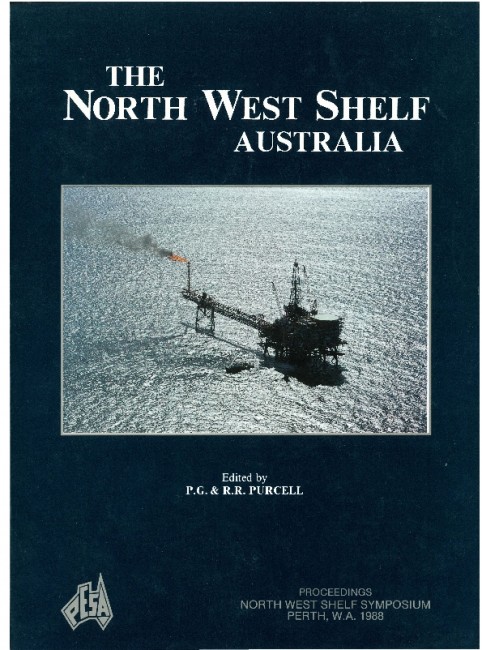Publication Name: The North West Shelf Australia
Authors: M.G. Swift, H.M.J. Stagg and D.A. Falvey
Date Published: July 1988
Number of Pages: 24
Reference Type: Book Section
Abstract:
The present day heat-flow distribution in the Exmouth Plateau region has now been compiled from 74 direct seabed measurements on the plateau and over the Kangaroo Syncline, and from bottom hole and seabed temperatures of23 offshore oil exploration wells on the plateau and in the Northern Carnarvon Basin. The observed heat-flow pattern is relatively simple. An area of high heat-flow (of the order of 90 m W /m2) occurs near Barrow Island, and decreases westward to a moderate to very low heat-flow (as low as 17 m W 1m2) over the Exmouth Plateau Arch in the centre of the plateau. The overall average for the region is 54 mW fm2, which is close to the world average for continental crust. The magnitude of the heat-flow low indicates that some process is diverting heat away from the Exmouth Plateau Arch. Modelling suggests that there is both a conductive component and convective component to the heat transfer within the sedimentary section. It is concluded that there is upwelling of pore fluids in the high heat-flow regions and a corresponding downwelling in the low heat-flow areas. The heat-flow pattern is used to draw implications for thermal history, thermal geohistory analysis, oil maturation and migration.

